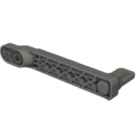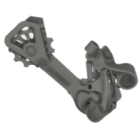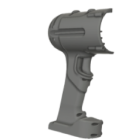3D Printers
SLS 3D Printers
Peripherals
Printers ecosystem
Customer Zone

SLS 3D printing for production
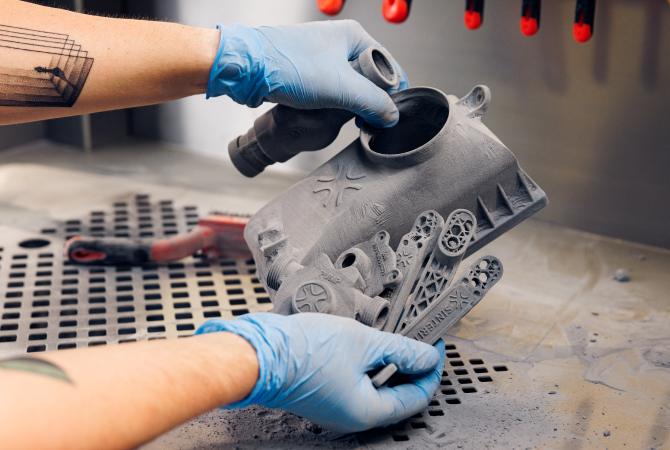

No support structures
This is especially useful when you need your complex design to be functional (e.g. while prototyping). So all the parts that need to move do move, and intricate internal structures are possible to achieve. And without having to remove additional material and possibly disrupt the dimensions or surface quality, which can happen even when using chemically soluble materials for support.

SLS quality
Selective laser sintering outperforms technologies like SLA or FFF in terms of:



Easy materials switch
Most SLS systems limit their users to this framework: one printer = one material. If you want to print parts from 2 or more different materials you have 2 options:
At Sinterit we took a different approach. We created a system that allows users to quickly change materials between jobs, and to bypass some stages of the process for less frequently used powders.

Open environment
In our solution, you have full control at every stage of the process:

Full Industry 4.0 compatibility
Lisa X SLS printer can be connected with your production line and managed with ease via API.
With control over more than 20 managing options you can:
Funding: Industry 4.0 compatibility is a common requirement for getting EU innovation funding, so if you’re applying for it this is a solution for you.
It’s entirely possible to print end products with Lisa X! Choosing the right material and adjusting the printing parameters can bring great results in terms of meeting technical requirements for your part. We encourage you to contact us with any questions about your application – our Application Engineers gladly advise you.
The printing process is not complicated and can be learned in a short time even by staff members with no 3D printing experience. We offer 5-hour online training split into 2 sessions (basic + advanced, 2 weeks apart) as a part of the premium service plan.
The exact printing speed is dependent on a couple of factors, like layer height and build pack density. In almost all cases the whole process of printing, cooling, and post-processing takes up less than 24 hours, so you should be able to produce at least 5 full print beds per workweek.








